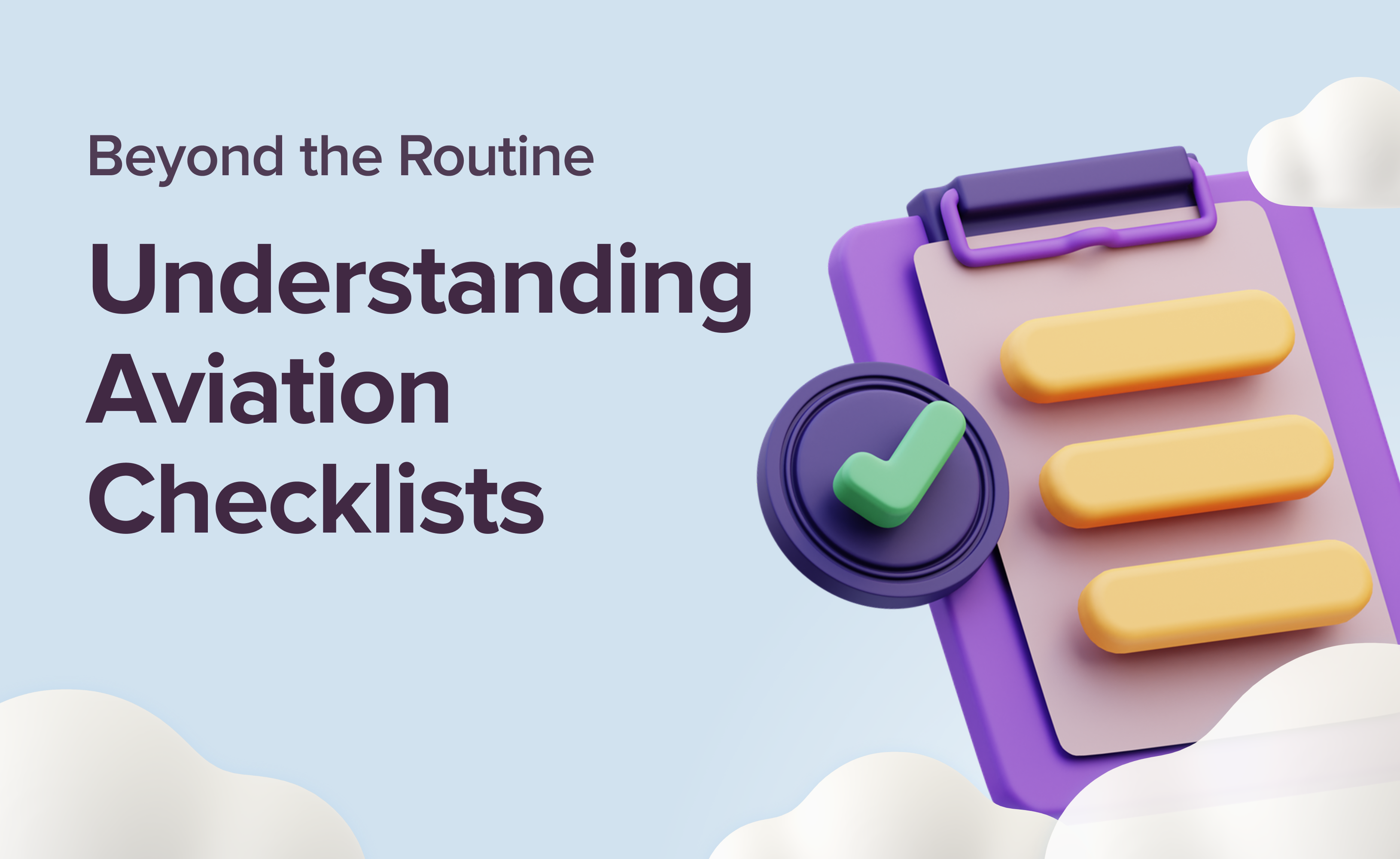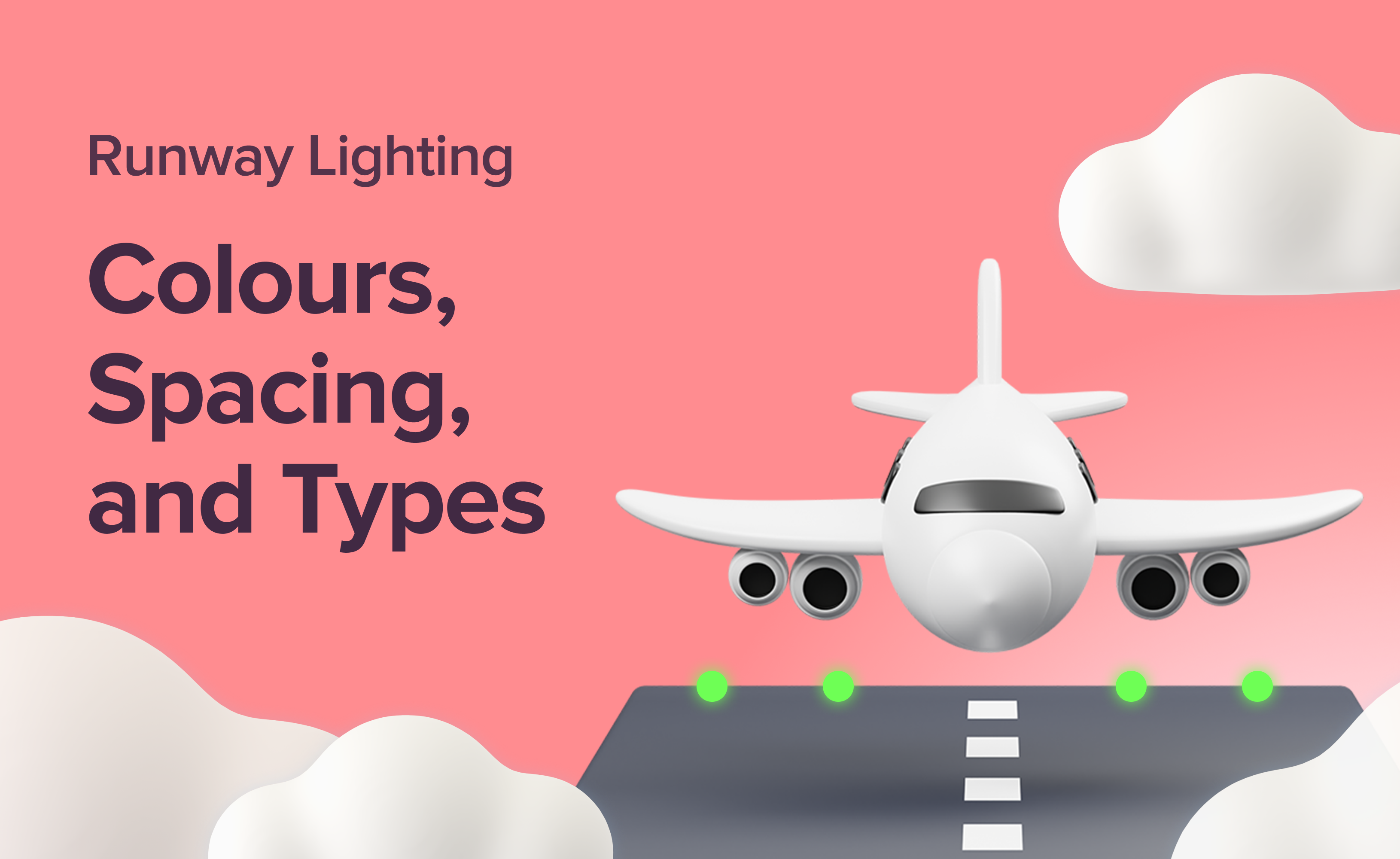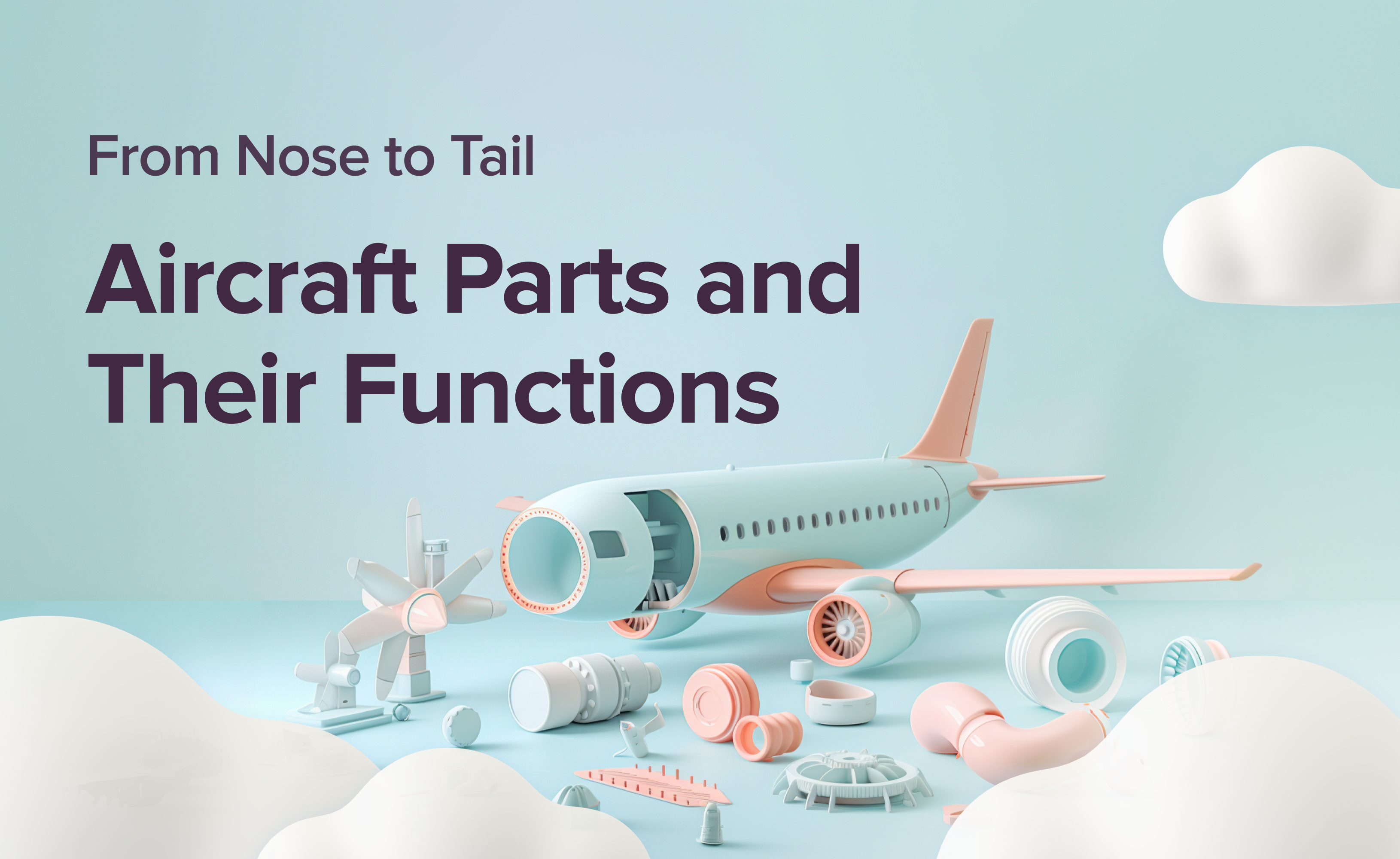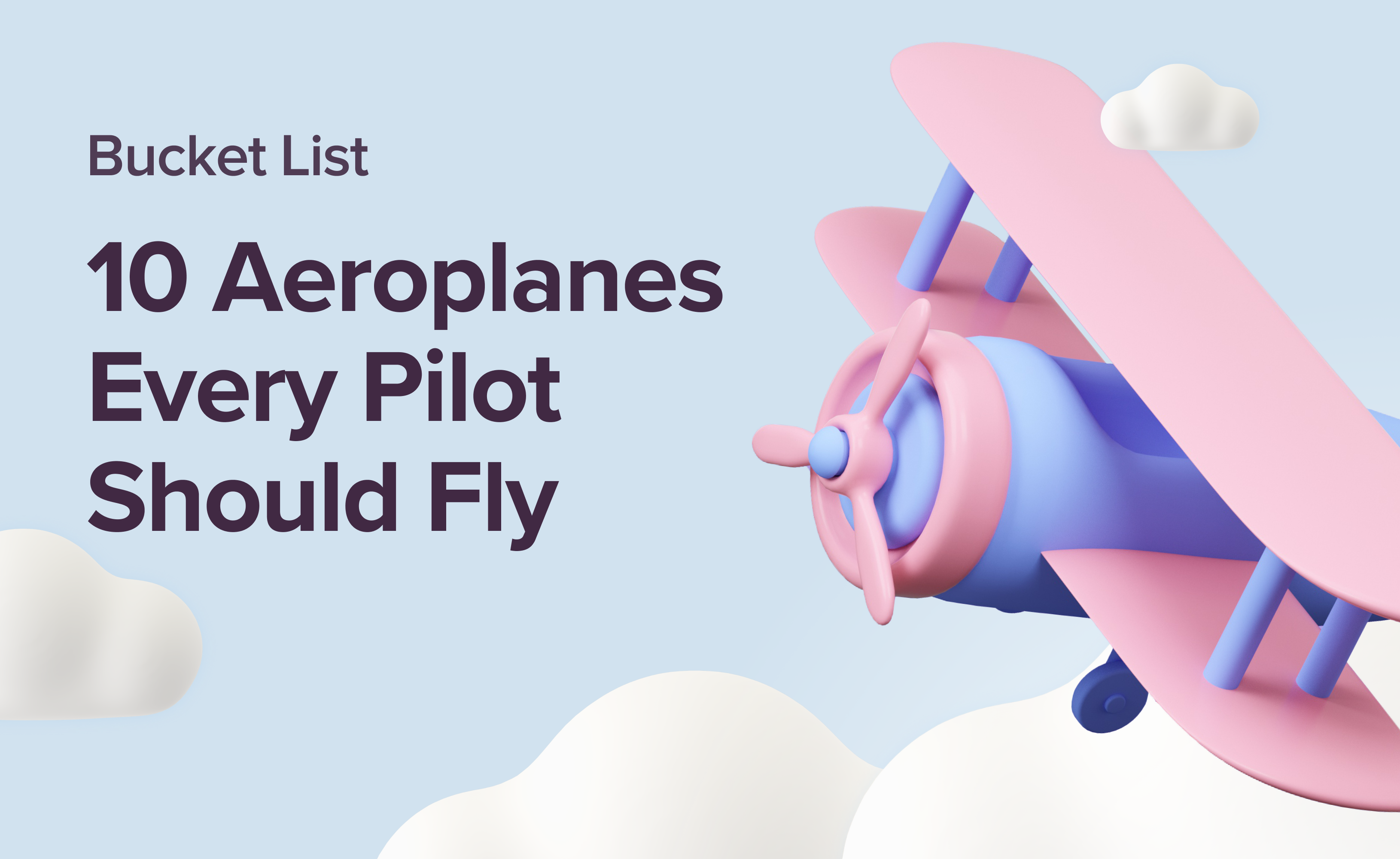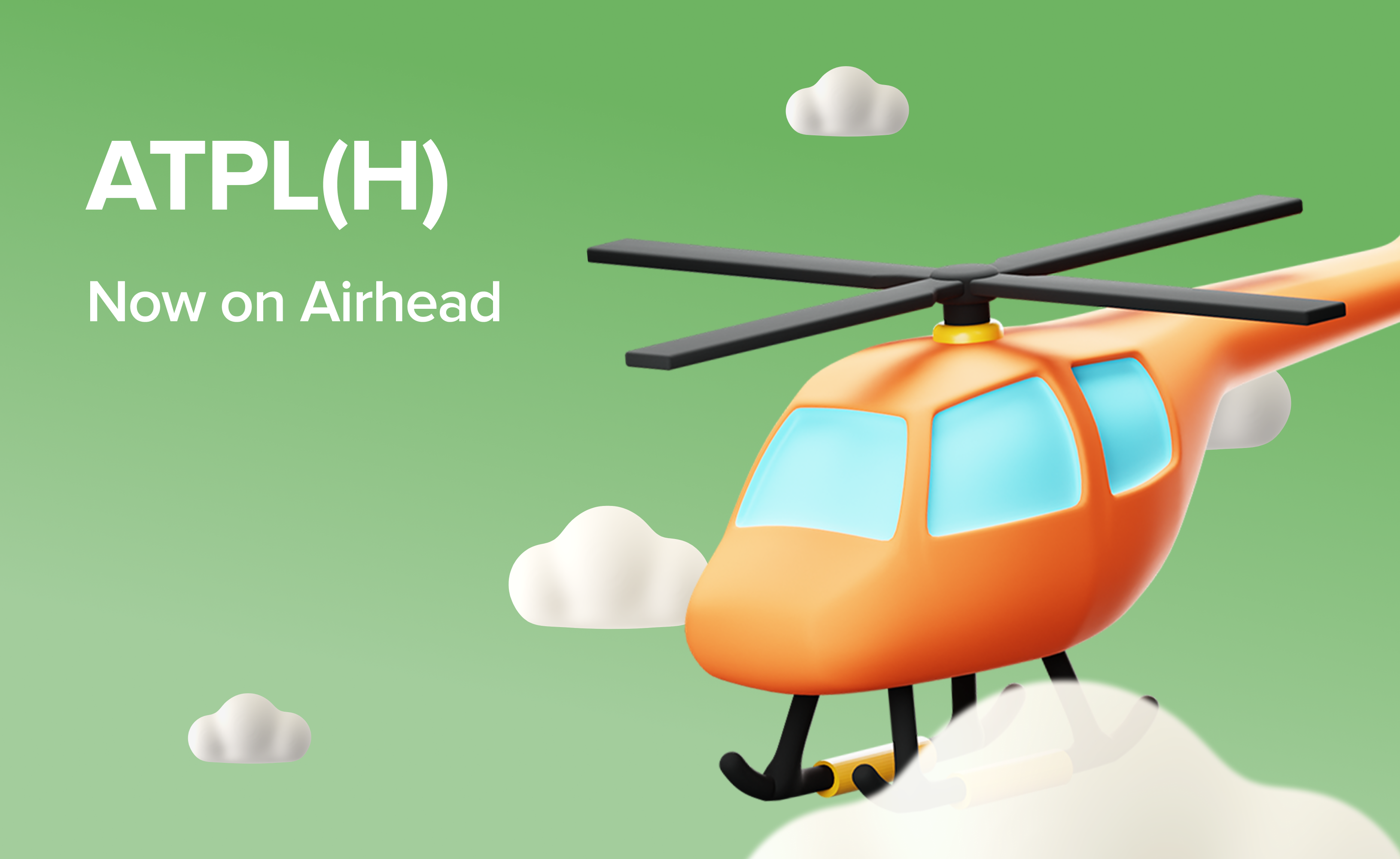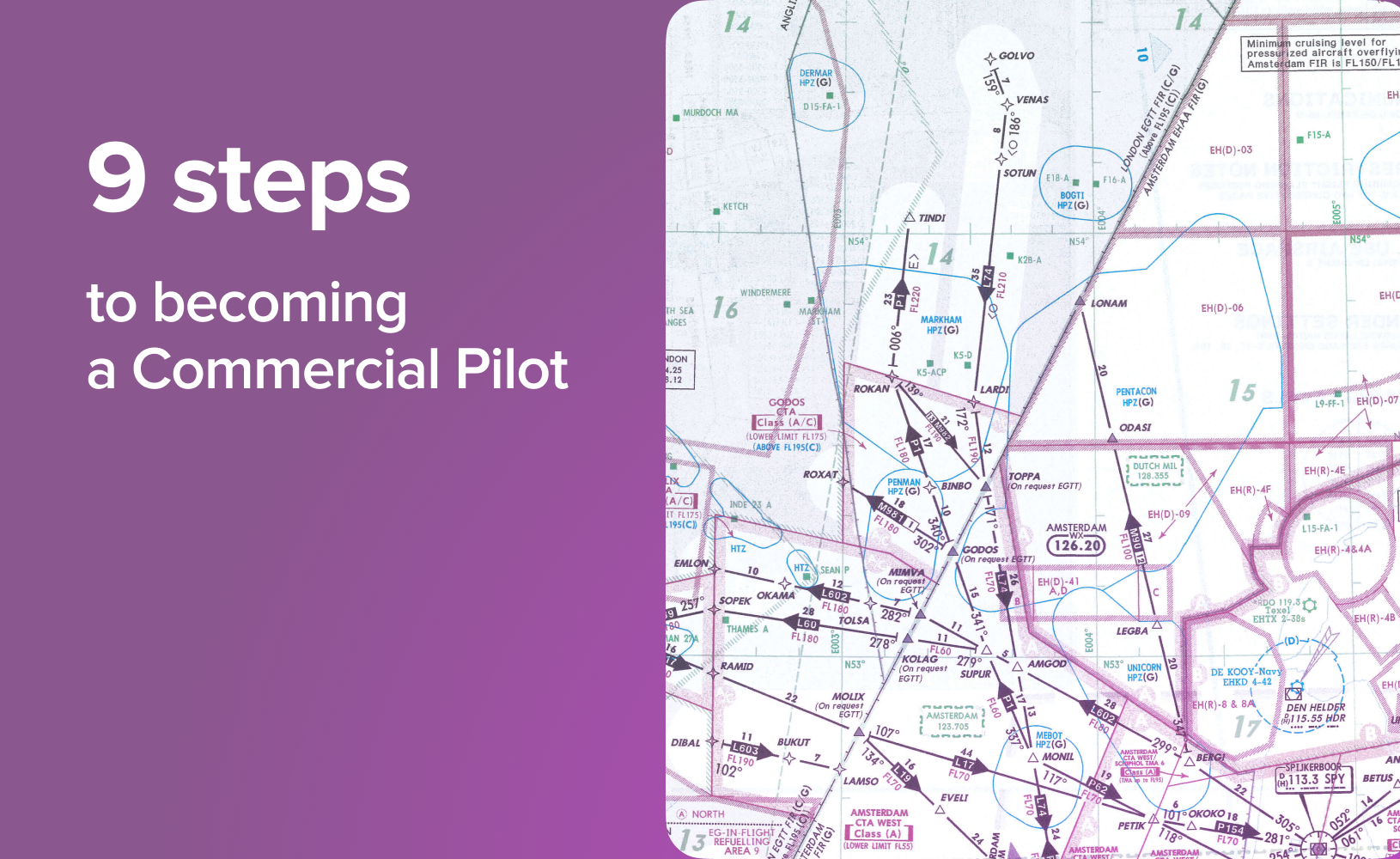Spot the Aircraft: Boeing or Airbus In the Sky?

Boeing and Airbus. Chances are, you've flown on one, seen them at countless airports, and perhaps even paused to admire their engineering marvel. These two dominate the skies, their aircraft forming the backbone of global travel. While aviation enthusiasts might already be familiar with their distinct features, telling a Boeing from an Airbus can seem like a mystery to the rest of us. Whether you're a seasoned aircraft spotter, a passionate aviation buff, or a frequent flyer curious about the metal bird carrying you to your destination, this blog is your guide. We'll unveil simple and effective techniques to help you confidently distinguish between a Boeing and an Airbus the next time you spot one in the sky.
Passionate about planes and the perfect photo opportunity? Uncover the 14 best vantage points to witness incredible aviation action in our must-read blog, Aircraft Spotting: 14 Top Spots Across the UK and Europe.
Airbus vs Boeing
Friendly Rivalry That Shaped the Skies
Ask any aviation enthusiast, and you’ll quickly see: when it comes to commercial aircraft, people tend to fall into one of two camps — Team Boeing or Team Airbus. It’s a friendly rivalry, but one that runs deep across cockpits, hangars, and airport lounges all over the world.
Let’s start with a bit of history.

Boeing, the older of the two giants, was founded by William Boeing in the early 1900s and led the aerospace world virtually unchallenged for nearly seven decades. With legendary aircraft like the 707, 747, and the still-dominant 737, Boeing helped define the Jet Age, becoming a symbol of American engineering and innovation.
Then came Airbus, established in the 1970s as a European consortium determined to challenge Boeing’s dominance. Many dismissed Airbus at first, but that didn’t last long. The launch of the A320 in 1988 was a game-changer. With its fly-by-wire controls and unmatched efficiency, Airbus began carving out serious market share.
Fast-forward to today, and the rivalry is tighter than ever. Airbus and Boeing have near-equal global footprints, with airlines across the globe flying mixed fleets of A320s and 737s, A350s and 787s, A330s and 777s. The now-retired A380 and the legendary 747 stand as testaments to their ambition to dominate long-haul routes in style and size.
But this rivalry isn’t just about competition — it’s driven progress. Each manufacturer pushes the other to innovate, reduce emissions, increase fuel efficiency, and enhance passenger comfort. Whether it's Boeing's emphasis on pilot-centric controls and tactile flying or Airbus's fly-by-wire precision and cockpit commonality, both bring distinct philosophies to flight.
In the aviation community, rivalry has become part of the culture. Pilots often develop a preference based on handling characteristics — some swear by the hands-on feel of a Boeing yoke, while others love the clean logic and sidestick of an Airbus. Passengers have their favourites too, though most can’t tell the difference once seated.
Explore the fascinating world of aviation superstitions and rituals. Our blog, Myths, Legends, and Rituals, delves into 14 intriguing beliefs.
5 Quick Ways to Tell Them Apart
So, you're keen to spot a Boeing from an Airbus? We've got just the thing! You can easily tell whether you’re looking at a Boeing or an Airbus just by observing a few visual cues. Here are five exterior differences to help you play plane-spotting detective the next time you're at the airport. Prepare to be amazed at how easily you'll soon be telling them apart – just like the experts!

Cockpit Windows
Start with the eyes — the cockpit windows. These are one of the easiest giveaways.
Boeing aircraft tend to have angular, jagged edges on the last cockpit window pane. Look for a ‘cut-off’ or sharp wedge shape at the back.
Airbus cockpits typically have a smoother, squarer design. The last window pane typically has a neat 90º angle that blends almost flush into the fuselage.
Fun Fact: Pilots sometimes nickname the Airbus cockpit windows as “sunglasses” due to their sleek, wrap-around look.
Ready to learn more about the anatomy of an aircraft? Discover the crucial roles of every component, from the very front to the very back, in our blog, From Nose to Tail: Aircraft Parts and Their Functions.

Nose Shape
Next up, check the nose. The shape of the aircraft’s nose cone is another signature design trait.
Boeing noses are usually sharper and pointier, especially on models like the 737 and 777.
Airbus noses tend to be rounder and softer, often compared to a dolphin’s snout — particularly on aircraft like the A320 or A330.
Did you know? The rounder nose design on Airbus aircraft helps accommodate certain avionics more compactly, especially in the A320 family.

Engine Shape
Let’s talk engines — a subtle but telling detail.
On Boeing 737s, especially newer ones like the MAX, the engine nacelles have a flat-bottomed look. This was a workaround to preserve ground clearance.
Airbus engines, particularly on the A320 series, appear perfectly round, like a clean circle from the front view.
Heads up: This rule applies mainly to narrow-body aircraft. Larger models like the Boeing 787 or Airbus A350 may both have fully rounded engines, so use this one with caution.
Intrigued by the power that propels us through the skies? Unravel the key distinctions between turbofan and turbojet engines and deepen your understanding of aviation technology in our insightful blog, Decoding Engine Types: Turbofan vs. Turbojet.

Engine Placement
Where the engines sit on the wing also gives the game away.
Boeing 737 engines are typically mounted forward of the wing, appearing slightly higher and more forward-set.
Airbus A320 family engines hang directly under the wing, lower and more central — especially obvious from a seat near the rear of the plane.
Passenger tip: If you're flying and want a better engine view, Airbus aircraft usually give you a clearer look at the whole area from more seats.

Tail Connection
Take a peek at the tail. Specifically, how the vertical stabiliser (the fin) connects to the body.
On Boeing, the tail typically has a gentle, extended slope where it meets the fuselage — like a smooth transition.
Airbus tails traditionally connect more sharply and abruptly — straight into the aircraft body without much of a visible slope.
AvGeek fact: This design difference often comes down to how internal systems and auxiliary power units (APUs) are structured at the rear.
These planes are massive! Take a tour of the 5 Biggest Aircraft Ever Made from our blog.

The Boeing Family
Let's talk about the “Boeing Family,” one of the most influential line-ups of commercial aircraft in aviation history. This family includes various aircraft that have helped shape global air travel. Boeing employs over 140,000 people worldwide and has delivered more than 10,000 commercial jets currently flying across the globe. With each new generation of airframe, these aircraft are designed to go farther, burn less fuel, and reduce both noise and emissions — making them more efficient and environmentally conscious.
The Boeing Family spans everything from narrow-body jets like the ever-popular 737 series, including the modern MAX variants, to long-haul wide-bodies like the 777 and its next-gen sibling, the 777X. And, of course, no mention of Boeing would be complete without the legendary 747 — the original "Queen of the Skies" — which, while no longer in passenger production, remains an iconic symbol of international aviation. The ultra-modern 787 Dreamliner, with its lightweight composite frame and fuel-efficient engines, has also become a favourite for long-haul routes around the world.
Here in the UK and across Europe, Boeing aircraft continue to be a mainstay in the fleets of major carriers. British Airways, for example, relies heavily on Boeing wide-bodies like the 777 and 787 for its global network. Airlines such as KLM, Lufthansa, and Turkish Airlines also operate mixed fleets that prominently feature Boeing aircraft alongside Airbus models.
Explore the legacy of Boeing. Discover the revolutionary aircraft that have shaped modern aviation in our latest blog, A Rise of Boeing: Planes That Changed the World.

The Airbus Family
When it comes to shaping the skies of modern commercial aviation, the Airbus Family stands right alongside Boeing as a global leader. Headquartered in Toulouse, France, Airbus has become synonymous with innovation, efficiency, and cutting-edge design. With over 12,000 Airbus aircraft in operation worldwide, this European aerospace giant has improved air travel with its advanced technologies and eco-conscious engineering.
The Airbus Family is impressively diverse, ranging from the popular single-aisle A320 series — the world’s best-selling commercial jet — to wide-body powerhouses like the A330 and the ultra-modern A350 XWB (Extra Wide Body). And, who could forget the A380 — the double-decker giant and the world’s largest passenger aircraft? Though Airbus has ended production of the A380, it remains a symbol of aviation ambition and luxury, capable of carrying over 850 passengers in an all-economy layout.
Each new Airbus model brings with it a leap forward in fuel efficiency, noise reduction, and passenger comfort. The A350, for example, features an all-composite fuselage, advanced aerodynamics, and next-generation Rolls-Royce engines — making it not only a favourite for airlines but also one of the quietest wide-body aircraft in the sky.
In the UK and across Europe, Airbus has deep roots and strong partnerships. British Airways, easyJet, and Virgin Atlantic all operate Airbus aircraft, with easyJet flying one of the largest A320 family fleets in the world. The UK also plays a key role in Airbus manufacturing — wings for all Airbus aircraft are designed and assembled in Broughton, Wales, making it a proud contributor to every Airbus flight.
Discover the legacy of flight training with our guide to 8 Iconic Trainer Aircraft, the planes that have shaped generations of pilots.

Airhead's Takeaway
Now you’re armed with five visual cues to tell an Airbus from a Boeing in the wild — no aircraft manual required. So next time you’re plane-spotting, see if you can put your new skills to the test. Whether you’re Team Airbus or Team Boeing, there’s no denying that both families of aircraft have distinct personalities — and passionate fans to match.

